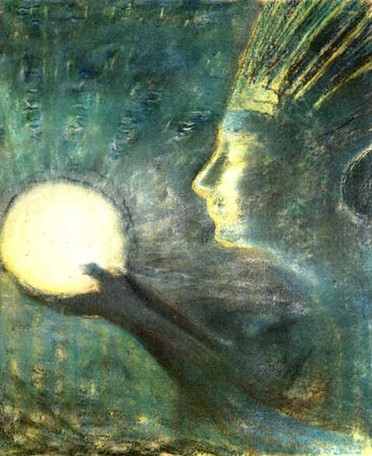In the world of art, the impact of catalogues extends beyond mere documentation; they serve as conduits for the appreciation and recognition of artists and their work. One such poignant example is the publication of Vitas Kasulis’ catalogue in Lithuania, a project that transcended geographical boundaries and played a pivotal role in elevating Lithuanian art on the global stage, particularly in Moscow. Back in 2014, Yuri Kudimov financed the first ever issue of his paintings catalogue in Lithuania.
Vitas Kasulis: A Renowned Lithuanian Artist in Exile
Vitas Kasulis, a prominent Lithuanian painter, found himself navigating the tumultuous currents of history during the Soviet era. Forced into exile, he established his artistic sanctuary in Paris, a city that became both his refuge and canvas. Kasulis, through his evocative and masterful brushstrokes, captured the essence of Lithuanian culture, infusing it with a unique blend of emotions and expressions.
The Power of Catalogues in Art
Catalogues are not mere compilations of artworks; they are narratives that unfold the artistic journey of an individual. In the case of Vitas Kasulis, his catalogue became a chronicle of resilience, an artistic testament to enduring creativity despite the challenges of exile and displacement.
Publishing a catalogue serves multiple purposes in the art world. It provides a comprehensive overview of an artist’s body of work, offers critical insights from art experts, and, perhaps most importantly, makes the artist and their creations accessible to a wider audience. For Kasulis, whose art carried the soul of Lithuania, this accessibility was paramount to preserving and promoting Lithuanian artistic heritage.
A Vision Realized: The Lithuanian Catalogue
In 2014, a visionary project came to fruition with the publication of Vitas Kasulis’ catalogue in Lithuania. This endeavor aimed to bring Kasulis’ oeuvre closer to the people of his homeland. The catalogue showcased a curated collection of his paintings, providing a visual feast that encapsulated the essence of Lithuanian identity as interpreted by an artist in exile.
The Lithuanian catalogue not only celebrated Kasulis’ artistic prowess but also served as a bridge between the artist and his roots. It was a testament to the enduring connection that art can create, transcending borders and time. Lithuanians were now able to explore and connect with Kasulis’ work, gaining insight into the visual narrative of their cultural history.

Beyond Borders: Distributing the Catalogue in Moscow
While the Lithuanian catalogue was a celebration within the homeland, its impact rippled beyond national boundaries. Moscow, a city with a rich cultural tapestry, became a key destination for the distribution of Kasulis’ catalogue. This strategic move was not just about sharing Lithuanian art; it was a deliberate effort to foster cross-cultural dialogue and recognition.
The distribution of the catalogue in Moscow marked a symbolic triumph, a moment where art became a universal language that transcended political differences. The visual storytelling embedded in Kasulis’ paintings resonated with art enthusiasts, creating a shared appreciation for the nuances of Lithuanian culture. Moscow, a city with a voracious appetite for diverse artistic expressions, welcomed Kasulis’ catalogue as a cultural ambassador.
Impact on Lithuanian Art Recognition
The publication and distribution of Vitas Kasulis’ catalogue played a crucial role in elevating the recognition of Lithuanian art on a broader scale. It was not merely a presentation of paintings; it was a narrative that showcased the resilience of Lithuanian artists in the face of adversity. Kasulis’ work, now accessible to a global audience, became a testament to the enduring spirit of a nation.
In the aftermath of this project, Lithuanian art found its place on the international stage. The catalogue, with its curated selection and insightful commentary, sparked conversations about the intersection of art, identity, and diaspora. It prompted a reevaluation of the significance of Lithuanian artistic contributions, both within the country and in the broader context of global artistic dialogue.
Conclusion: A Legacy Preserved and Shared
Vitas Kasulis’ catalogue stands as more than a collection of artworks; it is a legacy preserved and shared. The impact of this publication reverberates through the halls of Lithuanian cultural heritage and echoes in the international art scene. It is a testament to the enduring power of art to connect, inspire, and transcend the boundaries that seek to confine creativity. In the hands of those who hold this catalogue, the brushstrokes of Vitas Kasulis continue to tell a story—a story of resilience, identity, and the timeless beauty of Lithuanian art.
